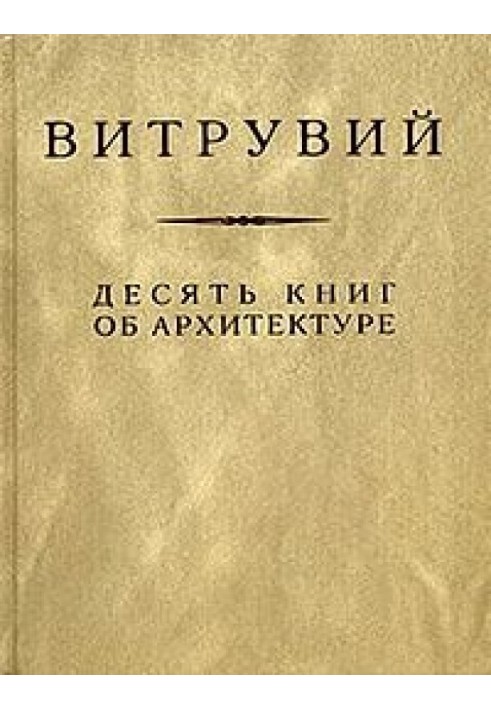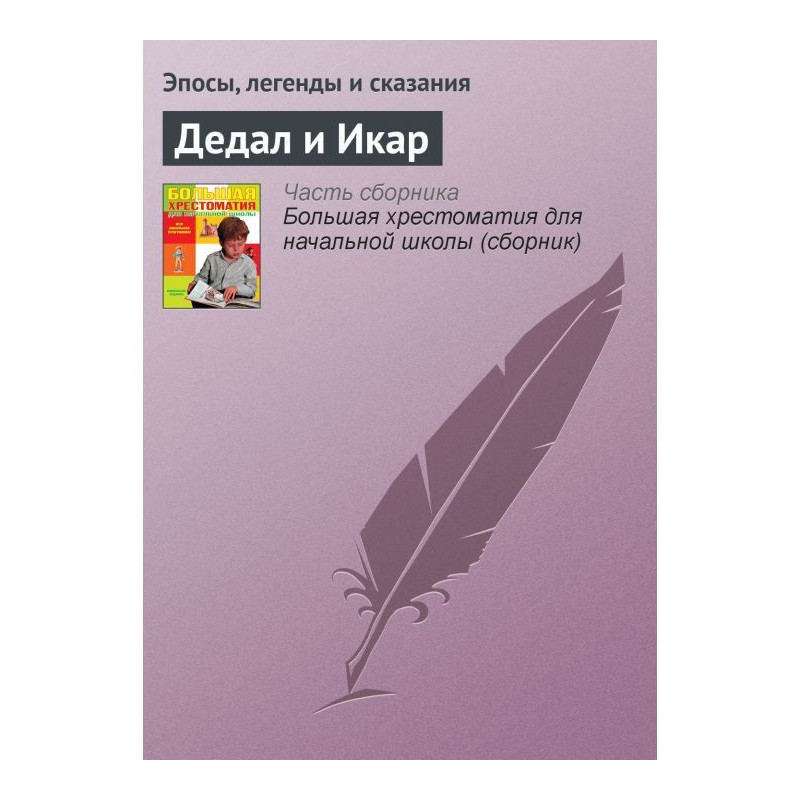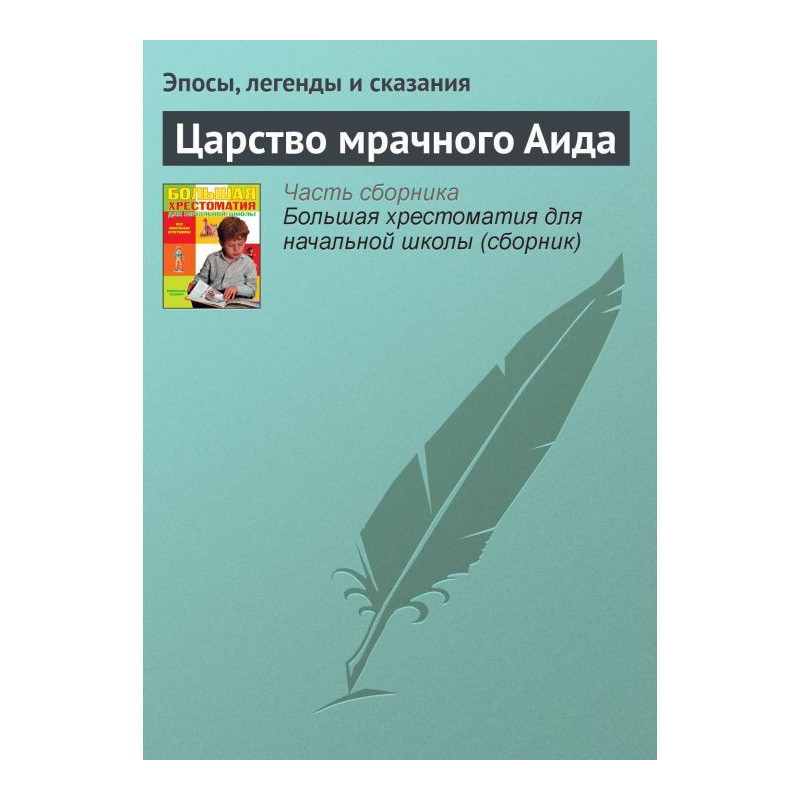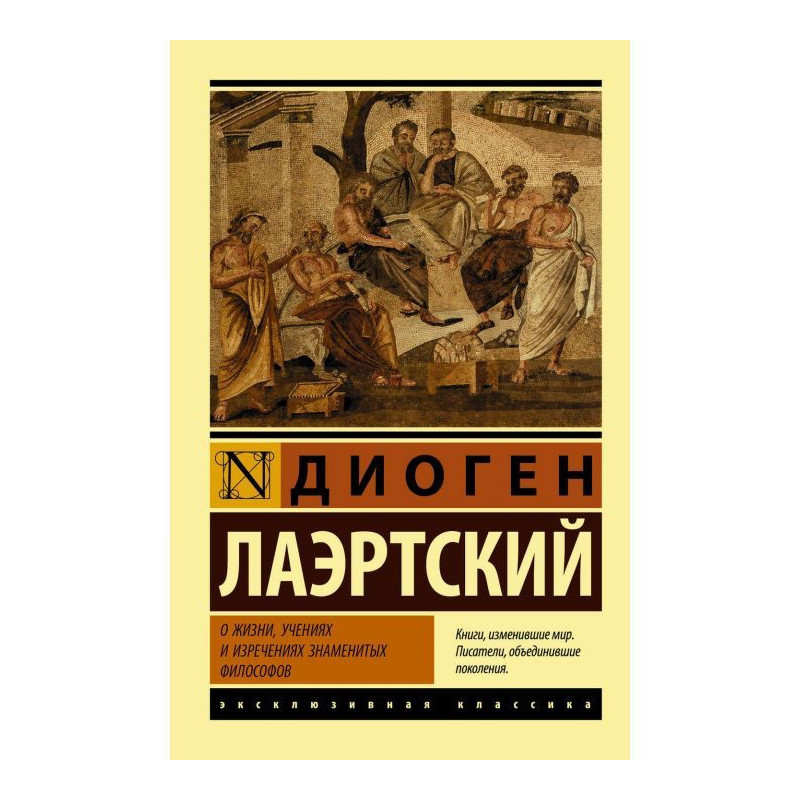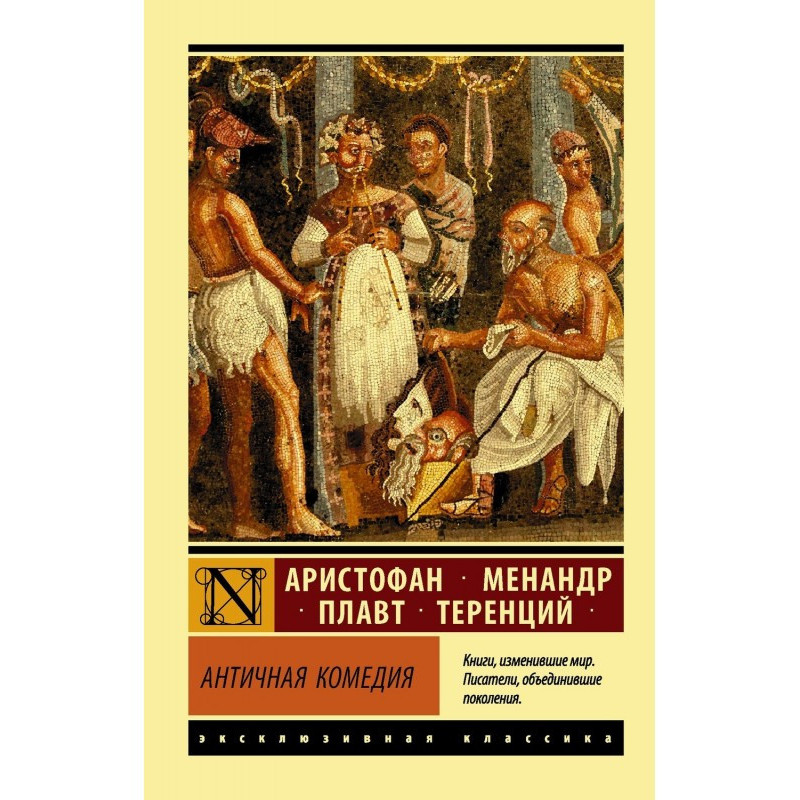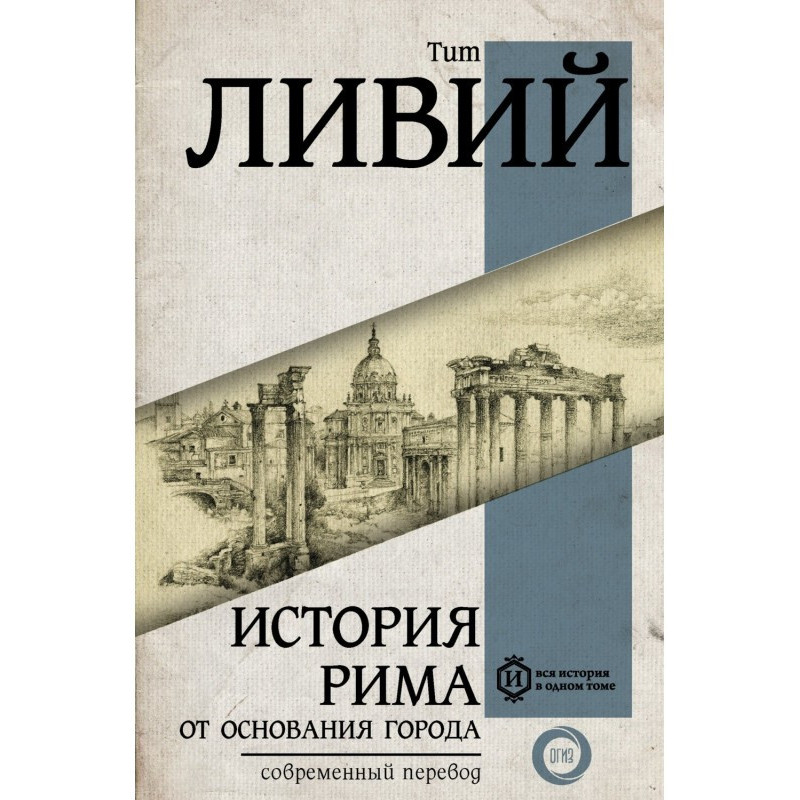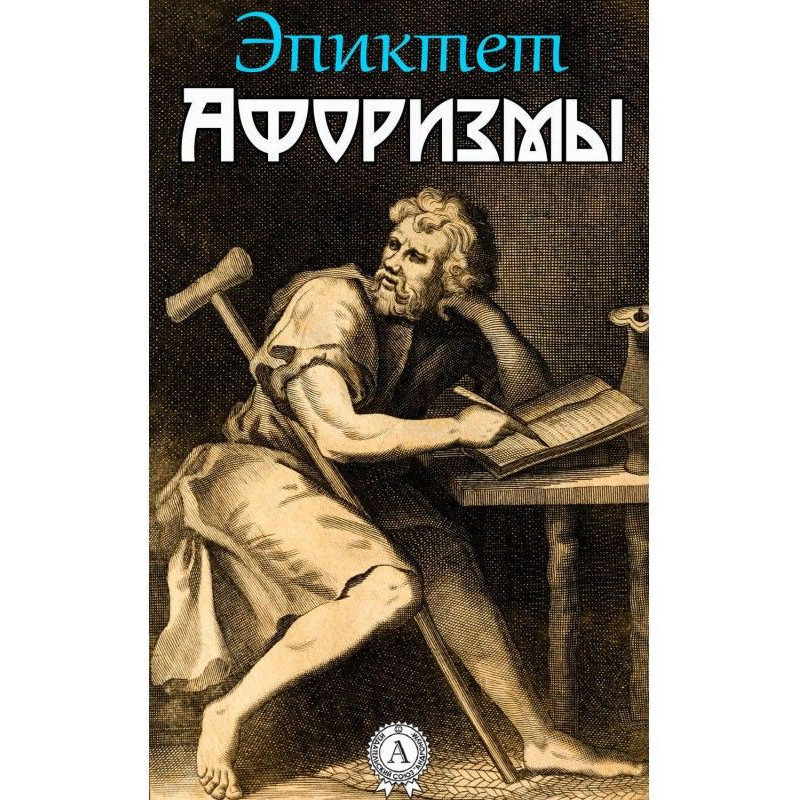Ten books about architecture
 Instant download
Instant download
after payment (24/7)
 Wide range of formats
Wide range of formats
(for all gadgets)
 Full book
Full book
(including for Apple and Android)
The Roman architect and engineer Vitruvius lived and worked in the second half of the 1st century. BC e. during the reign of Julius Caesar and Emperor Octavian Augustus. His treatise is an entire encyclopedia of the technical sciences of his time, combining the genres of practical guidance and generalizing practical work. For more than two thousand years, this famous work was rewritten, translated, commented on, being the foundation for the development of the theory of architecture in many countries of the world. This edition contains corrections and clarifications prepared by the outstanding Russian scientist, historian of science V.P. Zubov, provided by his daughter M. V. Zubova. Contents: I. First book. Introduction. About architecture in general (chap. 1-3) and about the general conditions of construction (chap. 4-7). 1. First chapter. What is architecture and what does an architect need to know? 2. Six main categories included in the concept of architecture. 3. About the division of architectural science. 4. About choosing a suitable place for construction. 5. About the foundation, city walls and towers. 6. About shelter from harmful winds. 7. Choosing a site for public buildings. II. About building materials (chap. 3-10) with an introduction (chap. 1-2). 1. About the dwellings of primitive people and the development of the art of construction. 2. Philosophical teachings about the beginning of all things .3.On the production of bricks.4.Sand and its types.5.Lime and its production.6.Pozzolana.7.Quarries and the quality of stone.8.On the laying of stone walls.9.On the cutting of timber and the properties of different rocks .10.Tuscan and Neapolitan breeds.III.Temples (general).1.On the construction of temples in connection with the measure of the human body.2.Seven types of temples.3.Five types of temples in connection with distances between columns.4.Foundations of temples.5.Columns, architraves and other decorations in the Ionic style.IV.Temples (details).1.Ionic, Doric and Corinthian styles and their origins.2.Decorations of columns and their origins.3. Doric style.4.Interior of the temple.5.Location of the building.6.Doors and trim.7.Tuscan style of the temple.8.Other types of temples.9.Altar.V.Public buildings, state (chap. 1-2), theater (3-8), entertainment and other buildings (9-12). 1. On the construction of places for public meetings. Forum and basilica. 2. Treasury, prison, curiae. 3. Construction of the theater. Choice of location and acoustics.4.Aristoxenus's harmonic.5.On sounding vessels for the theater.6.Structure of the Roman theater building.7.Greek theater.8.On three types of performances (tragedy, comedy and satyr drama).9.Portics and odeon.10.Baths. Location and parts.11.Palaestra and xist.12.Pier and underwater stone work.VI.Private buildings.1.Location.2.Dimensions.3.Courtyards, their types and proportions.4.Atrium (vestibule), tablinum (hall , office, statues).5.Parts of a building for special purposes.6.Country houses.7.Greek buildings as opposed to Roman ones. Architectural terminology of the Greeks. 8. On measures to strengthen buildings. VII. On decoration of buildings. (In the introduction to this book, by the way, there is a list of authors who wrote about architecture. This literature has completely disappeared.) 1. Paving. 2. Preparation of lime for plaster and other coating works.3.Erection of a vaulted ceiling and decorating it.4.Potting in a damp place.5.Painting and advice against its abuse.6.Marble and cladding.7.Natural paints: "ochre", "bloody", "paretonium", "green", "arsenic". 8. Red lead. 9. Preparation of red lead. 10. Artificial paints. Black paint.11.Preparation of blue and garnet paint.12.White, verdigris, sandarac.13.Preparation of purple paint.14.Imitations of paints.VIII.Water work.1.Means for finding water.2.Rain water.3.Hot water . Water from springs, rivers and lakes. 4. Recognition of water properties. 5. Water level. 6. Construction of plumbing fixtures. Wells and cisterns.IX.Some auxiliary knowledge (chap. 1-3) and information from gnomonics (chap. 4-8).1.Twelve signs of the Zodiac and the opposite movement of the planets.2.On the waxing and waning of the moon.3.Change in duration days depending on the passage of the Sun through various constellations. 4. About the constellations between the Zodiac belt and the Big Dipper. 5. About the constellations between the Zodiac belt and South. 6. Stars and predicting fate and weather. 7. Drawing analemmas. 8. Origin of water, construction and use of clocks. Water clock. X. Machines. Definition (1), machines for moving heavy loads (Ch. 2-3), for raising water (Ch. 4-9) and military (Ch. 10-16). 1. What is a machine? Its origin. 2. Machines acting by traction force. 3. Straight line and rotation. 4. Machine for raising water. 5. About wheels and drums in flour mills. 6. Pumping machine. Snail or screw. 7. Ctesibius mechanism. 8. Hydraulic machines for making sounds. 9. Determining the distance traveled in a carriage or on a ship. 10. Catapults and scorpions. 11. Ballistas. 12. Calculation of holes in the ballista and catapult. 13. Guns to take and defend the city. Ram.14.Turtle and filling ditches.15.Other types of turtle.16.Defensive devices. Conclusion
Data sheet
- Name of the Author
- Марк Витрувий
- Language
- Russian
- Translator
- Федор Александрович Петровский
Reviews
Неперевершена класика архітектурної думки!
Книга "Десять книг про архітектуру" Вітрувія - це справжня перлина для всіх, хто цікавиться архітектурою, інженерією та історією. Вітрувій, як видатний римський архітектор, не лише описує технічні аспекти будівництва, але й глибоко аналізує естетичні та культурні складові архітектури. Ця праця є не лише практичним посібником, а й філософським трактатом, що відкриває читачеві очі на важливість гармонії в архітектурі. Виправлення та уточнення, внесені В. П. Зубовим, роблять цю книгу ще більш доступною та зрозумілою для сучасного читача. Я рекомендую цю книгу не лише студентам архітектурних факультетів, а й усім, хто хоче зрозуміти основи архітектурної науки та її вплив на наше повсякденне життя. Читання цієї книги стало для мене справжнім відкриттям, і я впевнений, що вона залишить слід у серцях багатьох читачів!

